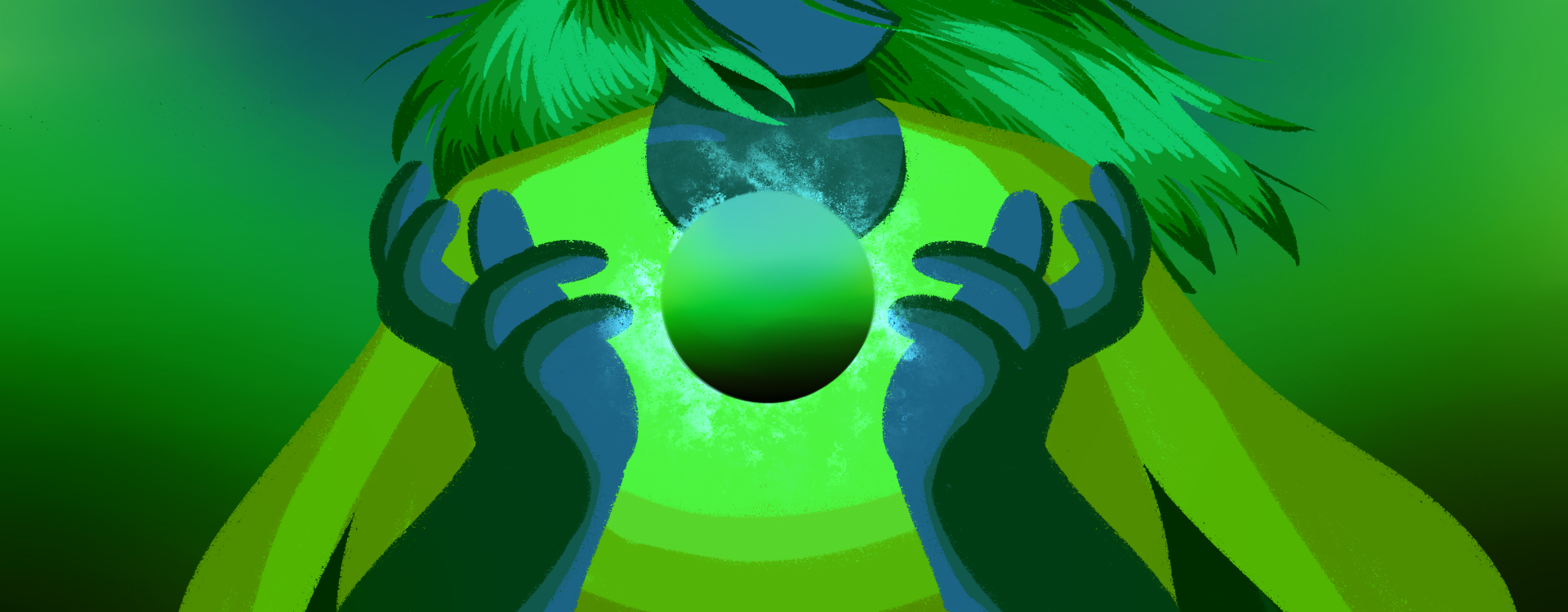Necromancy
You want a preemptive pardon for the crime of necromancy, on the basis that the siege of Shalse Koshol will continue indefinitely unless the souls of those still in the manor get torn from their bodies? Am I interpreting you correctly, captain?Necromancy is a discipline of Planar Magic, dealing in the direct manipulation of souls. Owing to numerous incidents of malicious necromancy early in its development, necromancy is illegal in all countries of Abravost, with only minor loophole exceptions.
History
As an idea, necromancy has existed for tens of thousands of years, used to justify myriad tales of ghosts and ghouls. Many cultures had stories of mages spurned by society who turned to the manipulation of others souls as a means of revenge. Despite this, no verifiable necromancy had ever taken place, with all mentions of it being completely made up or due to a misunderstanding. Interest in its viability grew after The Collision, which forced the human and elven worlds together and made the inhabitants of both explicitly aware of the space between worlds. Actual research was slow, owing to the cultural stigma and focusing on other forms of planar magic, such as Portals. The successful breakthrough came in 145 AC in Waal Paisheim as a side-effect of research into inter-planar travel, when one of the mages established communication with one of the ghosts hanging around the lab. It quickly developed into its own branch of the research going on in the city, garnering a lot of attention due to its faster development and proven results. Necromancy was first shown to the public in Waal Paisheim in 150 AC, with a few pre-selected ghosts being made visible and audible for the audience, as well as a live demonstration of placing a soul into a dead body. Despite some of the concern at the latter, a second demonstration was scheduled to take place a few weeks later in Shonyul. Before this could happen, one of the researchers, Kailkei Youlaje, decided to do his own unauthorised demonstration of the potentials of necromancy. The deadly result has come be known as the Battle of Lialnou Ridge, as his small force of uncontrolled zombies ran amok, managing to kill two civilians and a member of the local guard before the lead mage on the project, Muuwiamjol Maazije, was able to arrive and disable the threat. The demonstration in Shonyul was promptly cancelled, and shortly thereafter the entire research branch was dissolved and ordered to destroy their research notes. Published copies of some of their early discoveries were sought out and similarly destroyed, in an effort to prevent future incidents like that in Lialnou Ridge. When such events occured anyway, notably in The Vosti Empire, the three countries of Abravost all banned necromancy outright. Despite the illegality, and even the language barrier, necromancy has continued to be practised, and continued to cause trouble. Of note are the events during the Siege of Shalse Koshol, where Kareon Powedan used necromancy to keep the Telziado at bay, and The Koshi Incident, where a chaos cult kidnapped and attempted to sacrifice huntress Koshi Varmand.Uses
In its inception, necromancy was not intended to be defined by its ability to raise the dead. The first spells in the discipline focused on communicating with the dead by allowing the living to see and hear them, and it was suggested by researchers to have potential uses in criminal investigations and in dividing the estates of those who died without wills. Some also say that keeping in contact with the dead could be useful for preserving knowledge and gathering first hand accounts of events. This is not to say that its primary use, especially now, isn't placing souls into corpses. The extent to which the necromancer can control the result seems to vary, either due to the different spells used or the individual talents of the mage in question.Middle Ground
In Waal Zaimyatl, there is the profession of the medium - those who claim to be able to connect the living to the dead in the course of a seance. They have been a staple of elven culture for hundreds of years, far predating the discovery of necromancy and the Collision itself. As such, they are subjected to a unique protection under Waal Zaimyalkee law, granting the contents of their seances full confidentiality. It is an open secret that many mediums use necromancy in order to speak to the dead, to the point where some police investigations in murders have enlisted their services. While some have tried to curb these actions through amendments to the original law, none have passed. This loophole does not exist in the other countries of Abravost, much to the ire of mediums.
Burning Incense by Devanath
Banished
Another exemption exists in the form of banishment magic - spells designed to remove malicious spirits from the area, and dispel possession. They bear many similarities to the spells cast by Muuwiamjol at Lialnou Ridge, at the very least having the same end result. An organisation famous for using this type of magic is the Sinofis City Guard, who claim that because they do not see the spirits personally, nor directly interact with the veil which separates the living from the dead, it does not count as necromancy. Nobody really buys this excuse, but the guard, and others like it across the continent, are permitted to use the magic anyway due to its usefulness in stopping 'actual' necromancy.
Bloodied Sword by Free-Photos




Comments